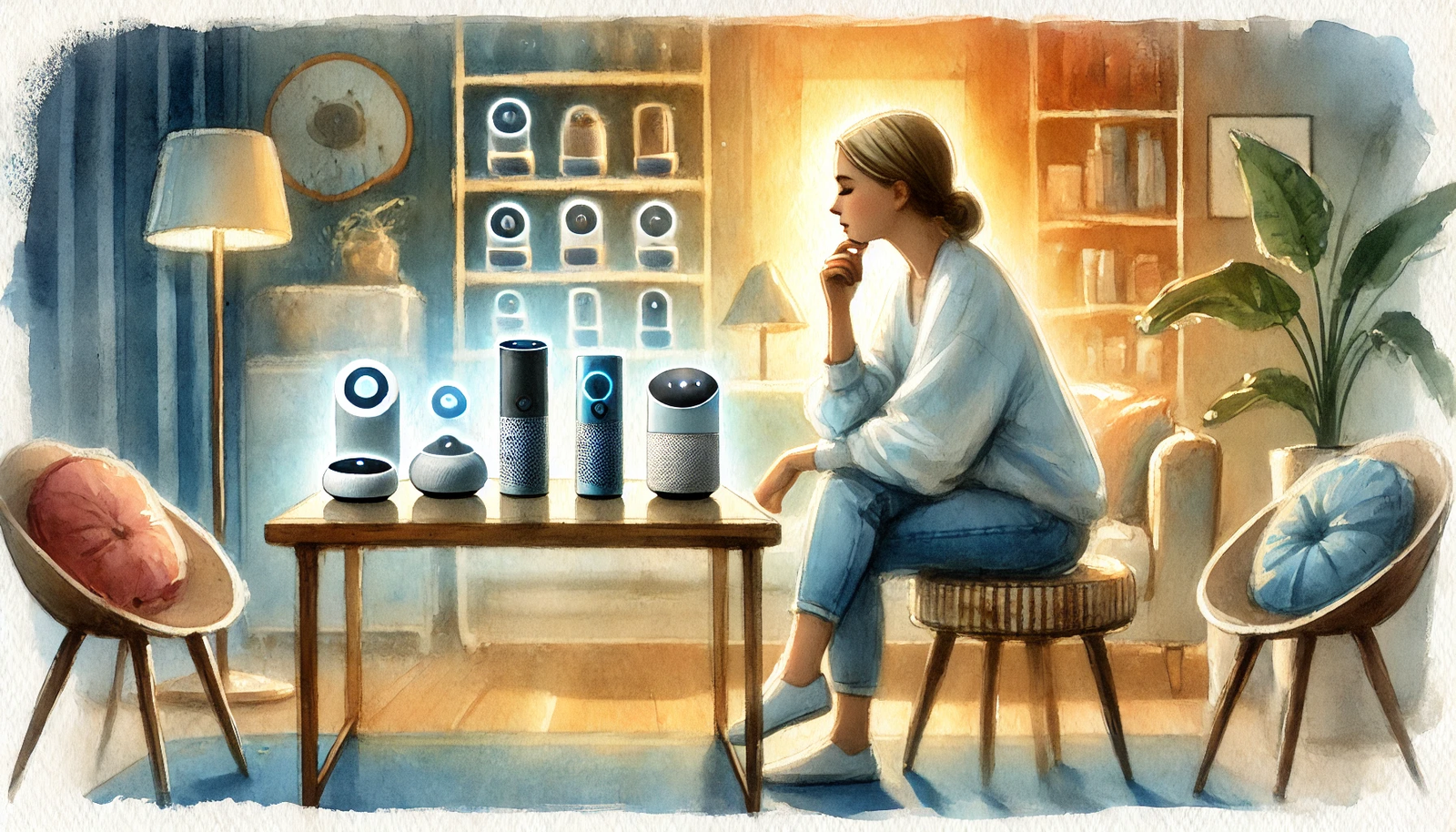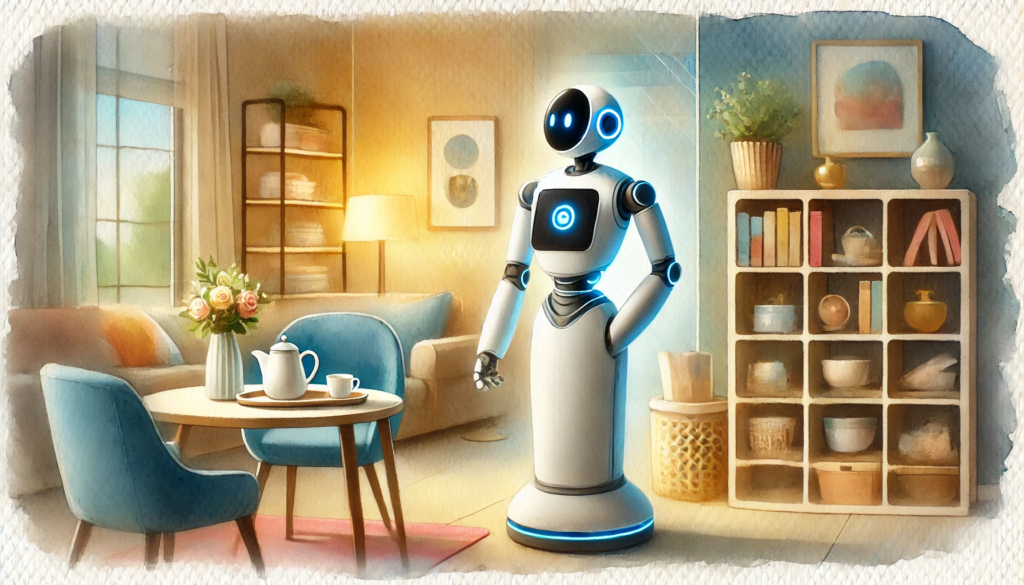Smart home assistants have evolved from simple voice-controlled gadgets into sophisticated hubs that manage everything from lighting and security to entertainment and daily reminders. With advancements in AI and connectivity, these digital assistants are no longer just conveniences—they’re becoming essential household companions.
In 2025, the three leaders in the smart home assistant space are Amazon Alexa, Google Assistant, and Apple HomeKit. Each brings its own set of strengths to the table, catering to different user needs and technological ecosystems.
- Amazon Alexa is the most versatile, with broad compatibility and budget-friendly options.
- Google Assistant offers intuitive controls and seamless integration with Google services.
- Apple HomeKit prioritizes security and deep integration within the Apple ecosystem.
Choosing the right assistant depends on multiple factors, including the smart devices you already own, your preferred smartphone platform, and how much you value privacy, automation, and voice control. This guide will break down the top three home assistants and help you determine which one fits best into your life.
1. Amazon Alexa: The Most Versatile Home Assistant
Why Alexa?
Amazon Alexa continues to reign as the most popular and flexible smart home assistant. With its massive ecosystem of compatible devices, reliable voice recognition, and budget-friendly smart speakers, Alexa is a top choice for many households. Whether you’re looking to control smart lights, security cameras, thermostats, or entertainment systems, Alexa can integrate seamlessly with thousands of third-party products.
Its affordability also makes it accessible to a wide range of users, from smart home beginners to tech enthusiasts looking for advanced automation.
Key Features & Strengths:
✅ Works with an extensive range of smart home devices, from bulbs to security systems.
✅ Quick and responsive voice assistant for seamless control.
✅ Wide selection of affordable Echo smart speakers and displays.
Highlight Device: Amazon Echo Show 8 (3rd Gen, 2023)
Amazon’s Echo Show 8 (3rd Gen, 2023) is a standout in the Alexa lineup, offering a perfect balance of smart display functionality, audio quality, and affordability.
🎵 Superior Sound – Features automatic acoustic adjustments for optimal audio performance.
📹 High-Resolution Camera – Auto-framing ensures you’re always centered during video calls.
🌍 Smart Home Connectivity – Supports Matter, Thread, and Zigbee, ensuring compatibility with a vast range of devices.
⚡ Fast Performance – Improved processing power for quicker response times and smoother interactions.
Whether you’re using Alexa to play music, check security camera feeds, or control your home’s lighting, the Echo Show 8 (3rd Gen) offers a robust, user-friendly experience.
2. Google Assistant: Best for Smart Home Controls & User-Friendliness
Why Google Assistant?
Google Assistant has established itself as one of the smartest and most intuitive voice assistants available. Known for its seamless integration with Google services like Google Calendar, Gmail, and Google Maps, it’s the perfect assistant for those who live within the Google ecosystem. Whether you need quick answers, smart home automation, or voice-activated commands, Google Assistant delivers fast and accurate responses with a conversational, natural flow.
Its smart home controls are arguably the best in the industry, making it a strong contender for users who prioritize smooth and intuitive device management.
Key Features & Strengths:
✅ Sleep tracking capabilities – A standout feature on Google’s smart displays, helping users monitor sleep patterns.
✅ Intuitive, user-friendly interface – Simple and easy to navigate, making setup and operation hassle-free.
✅ Fast response times – Google’s AI-powered assistant is highly responsive and precise in understanding commands.
Highlight Device: Google Nest Hub (2nd Gen)
If you’re looking for a compact, affordable, and functional smart display, the Google Nest Hub (2nd Gen) is an excellent choice.
🏡 Compact and Affordable – Fits seamlessly into any room without taking up much space.
🔒 No Camera for Added Privacy – Ideal for users who prefer voice interactions without video recording.
🌐 Perfect for Smart Home Control – Allows effortless management of Google Home devices with visual feedback.
Best For:
✔️ Users who prefer an intuitive smart home experience.
✔️ Those who rely on Google services like Google Calendar, YouTube, and Google Photos.
✔️ Privacy-conscious individuals who want a smart display without a camera.
3. Apple HomeKit: The Privacy-Focused Ecosystem for Apple Users
Why HomeKit?
For Apple loyalists, HomeKit is the ultimate smart home assistant. Built with Apple’s signature emphasis on privacy, security, and seamless integration, HomeKit offers a highly controlled and encrypted smart home environment.
While HomeKit doesn’t support as many third-party devices as Alexa or Google Assistant, its tight integration with iPhones, iPads, Apple Watches, and Macs makes it a natural choice for Apple users who want a streamlined and secure ecosystem.
Key Features & Strengths:
✅ Emphasis on security and privacy – Apple ensures end-to-end encryption for all HomeKit devices, setting it apart from competitors.
✅ Seamless integration with Apple devices – Control HomeKit directly from iOS, macOS, and watchOS.
✅ Siri voice control – Hands-free operation through Apple’s voice assistant makes home automation effortless.
Limitations:
❌ More selective device compatibility – Unlike Alexa and Google Assistant, HomeKit only works with Apple-approved smart home products.
❌ Fewer budget-friendly options – Most HomeKit-compatible devices are premium-priced, making it a pricier ecosystem.
Best For:
✔️ Apple users who want a seamless, privacy-first smart home system.
✔️ Individuals who prioritize security and encryption over broad compatibility.
✔️ Siri users who want voice-activated home automation that works flawlessly with their Apple devices.
How to Choose the Right Home Assistant for You

With three powerful smart home assistants leading the market, the best choice comes down to your personal needs, existing devices, and ecosystem preferences. Here are key factors to consider before making your decision:
Factors to Consider:
🔌 Existing Smart Home Devices & Compatibility
If you already own smart home gadgets, ensure they are compatible with your chosen assistant.
- Amazon Alexa supports the widest range of third-party smart devices.
- Google Assistant is best for those who use Google Nest and related products.
- Apple HomeKit works seamlessly with Apple-approved accessories but has limited third-party support.
📱 Smartphone Operating System (iOS vs. Android)
If you’re deeply embedded in the Apple ecosystem (iPhone, iPad, Mac), HomeKit offers the smoothest experience.
- Android users will find Google Assistant more intuitive and better integrated with their devices.
Alexa works well across both platforms but lacks the deep native integration of Apple and Google’s assistants.
🔒 Privacy & Security Preferences
- Apple HomeKit is the top choice for privacy-conscious users, offering end-to-end encryption and strict data policies.
- Google Assistant and Amazon Alexa collect more data for personalized experiences but provide options to manage privacy settings.
🎙️ Specific Needs (Voice Control, Screen Display, or Device Flexibility)
If you rely heavily on voice commands, Alexa and Google Assistant are the best options.
For those who want a screen display for visual feedback, Google Nest Hub or Echo Show models are ideal.
If you want a premium, closed ecosystem with tight security, HomeKit is your go-to.
Alternative Options: Home Assistant – The Open-Source Powerhouse
For tech enthusiasts and DIY smart home builders, Home Assistant provides an open-source alternative with nearly unlimited customization.
🛠️ Pros:
Ultimate flexibility—works with thousands of devices.
Full local control (no reliance on cloud services).
Enhanced privacy—no data shared with big tech companies.
⚠️ Cons:
- Not beginner-friendly—requires technical knowledge.
- Manual setup and maintenance—unlike plug-and-play solutions like Alexa, Google Assistant, or HomeKit.
If you’re comfortable with coding, integrations, and server hosting, Home Assistant is one of the most powerful smart home solutions available.
Conclusion
In 2025, Amazon Alexa, Google Assistant, and Apple HomeKit lead the smart home revolution, each excelling in different areas:
- Amazon Alexa is the most versatile and works with the largest number of devices.
- Google Assistant is the most intuitive, offering the best voice control and smart home management.
- Apple HomeKit is the most secure, ideal for those who prioritize privacy and seamless Apple integration.
Ultimately, the best home assistant is the one that fits your lifestyle. Whether you prioritize compatibility, ease of use, or security, choosing the right assistant will enhance your home’s convenience and efficiency.
Future Trends in Smart Home Assistants
🚀 AI-Powered Automation – Smarter routines that predict and adjust to user behavior.
🔗 Greater Interconnectivity – Unified standards like Matter will further improve device compatibility across platforms.
🔐 Stronger Privacy Protections – Enhanced security features to meet growing privacy demands.
As smart home assistants continue to evolve, they will become even more personalized, intelligent, and secure, transforming how we interact with our homes.
FAQ: Home Assistants in 2025
Which home assistant is best for beginners?
👉 Amazon Alexa is the easiest to set up and offers the broadest device compatibility, making it a great choice for beginners.
Can I use multiple home assistants in one home?
👉 Yes! You can use Alexa, Google Assistant, and HomeKit in the same home, but they may not always work seamlessly together. Some devices support multiple assistants, so check compatibility before setting up.
Does Google Assistant or Alexa work better with smart displays?
👉 Google Assistant excels with smart displays like the Nest Hub, offering a cleaner interface and better Google service integration. However, Alexa’s Echo Show provides more third-party app support and a broader ecosystem.
Is Apple HomeKit worth it if I don’t have an iPhone?
👉 Not really. HomeKit works best within the Apple ecosystem. If you use Android or Windows, Alexa or Google Assistant would be a better fit.
What’s the most secure home assistant?
👉 Apple HomeKit is the most privacy-focused, with end-to-end encryption and strict data policies. Google and Alexa collect more data but offer customizable privacy settings.

